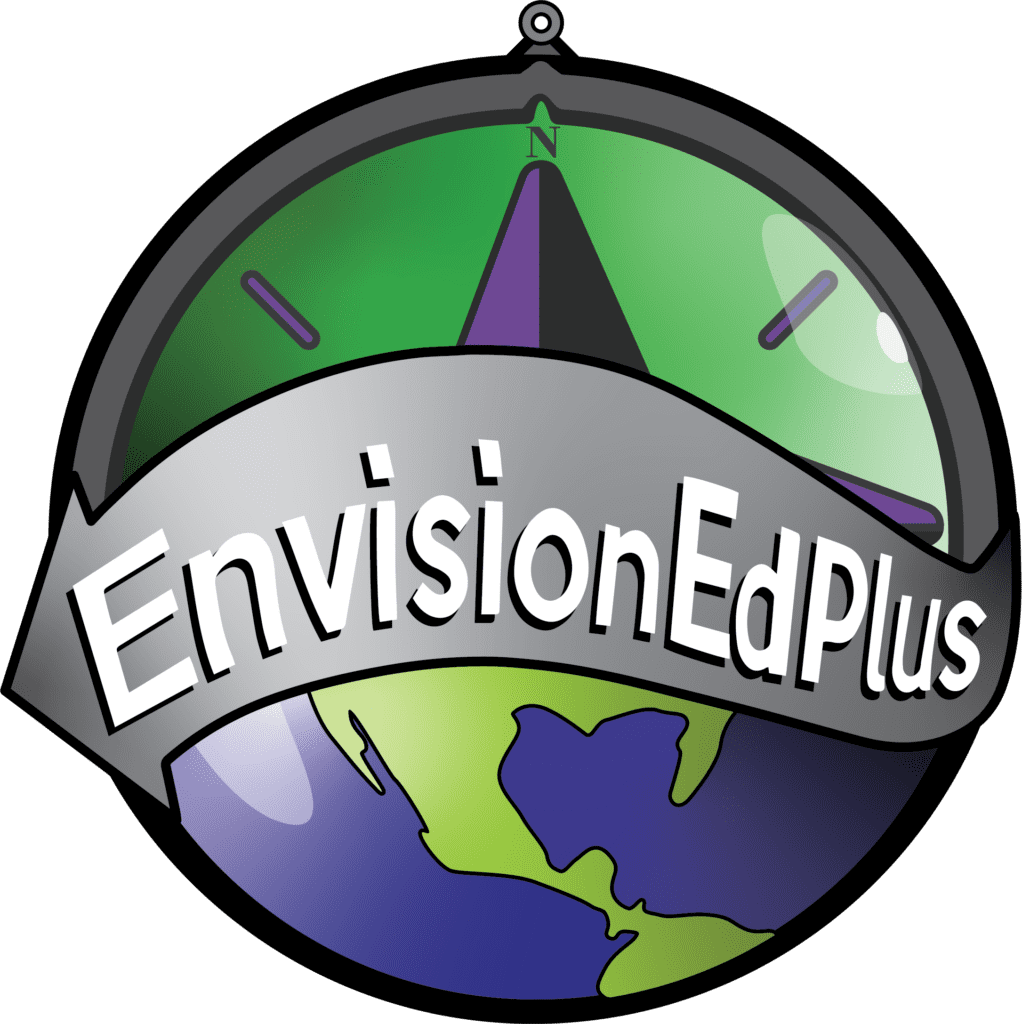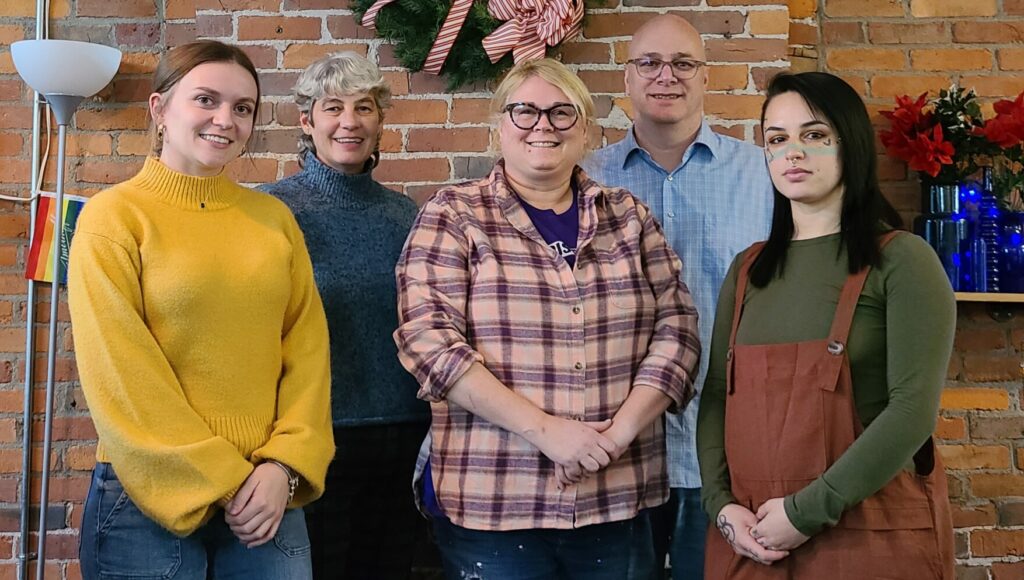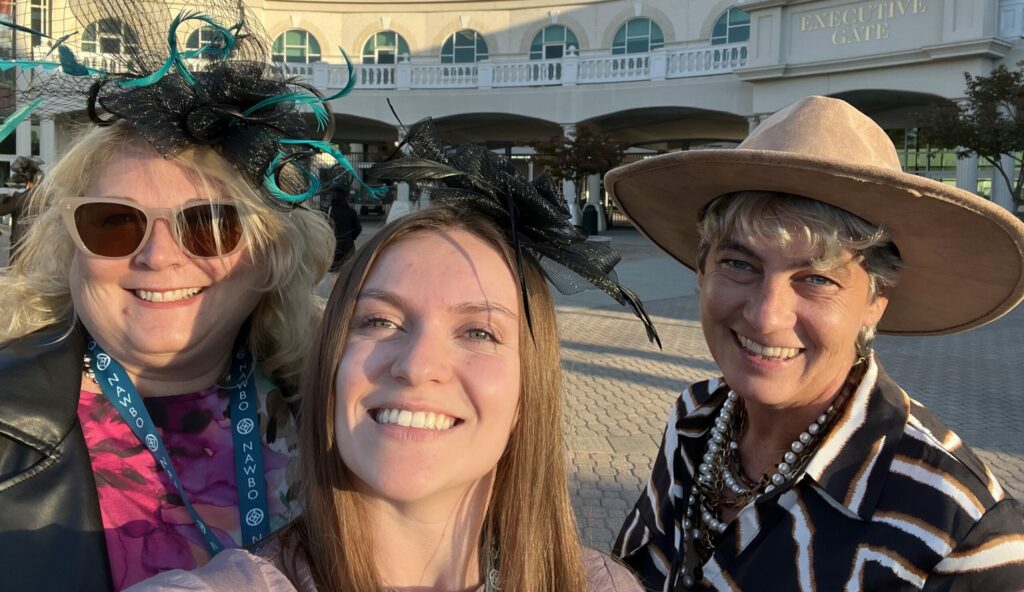 EnvisionEdPlus has been working closely with Par Excellence Academy for the last three years. Par Excellence is a community (charter) school in Newark, OH that serves about 150 high poverty children in grades K-5. In 2013 and 2014 100% of Par’s 3rd and/or 4th graders scored proficient or higher in reading. However, like schools all across the state, as Ohio changed learning standards and accountability measures, Par Excellence struggled to continue demonstrating the strong achievement parents had grown to expect. Par’s Superintendent Ms. Gisele James recalls, “One of the reasons Craig and I came up with this plan was our 2015/2016 scores were lower than expected to the point where we had to do an Ohio Improvement Plan for ODE. When I met with the teachers for orientation in August for the 2016-2017 school year and started discussing the scores, teachers did not want to accept any accountability and focused on everything except their teaching. It felt like a traditional blame game – state tests, poverty, time etc were the reasons for low scores. While they made good points, how they were teaching still had to be addressed and discussed. Since they were familiar with Craig, I decided to have him work with the teachers to evaluate their data so they could focus in on closing individual student learning gaps.â€
EnvisionEdPlus has been working closely with Par Excellence Academy for the last three years. Par Excellence is a community (charter) school in Newark, OH that serves about 150 high poverty children in grades K-5. In 2013 and 2014 100% of Par’s 3rd and/or 4th graders scored proficient or higher in reading. However, like schools all across the state, as Ohio changed learning standards and accountability measures, Par Excellence struggled to continue demonstrating the strong achievement parents had grown to expect. Par’s Superintendent Ms. Gisele James recalls, “One of the reasons Craig and I came up with this plan was our 2015/2016 scores were lower than expected to the point where we had to do an Ohio Improvement Plan for ODE. When I met with the teachers for orientation in August for the 2016-2017 school year and started discussing the scores, teachers did not want to accept any accountability and focused on everything except their teaching. It felt like a traditional blame game – state tests, poverty, time etc were the reasons for low scores. While they made good points, how they were teaching still had to be addressed and discussed. Since they were familiar with Craig, I decided to have him work with the teachers to evaluate their data so they could focus in on closing individual student learning gaps.â€
The Beginning of Personalized PD
In August 2016, I led a full-day PD session where I helped each teacher review their previous year’s’ data to determine strengths and challenges, not just in reading and math, but also in areas such as attainment of the school’s mission and personal professional learning. These self identified challenges led to each teacher creating personalized goals. Ms. James recently reflected that, “after that initial meeting, a few teachers were complaining because they viewed the PD as one more thing to do and many were quite resistant to reflecting on their own teaching. However, after a couple of months, they all looked forward to talking to Craig on his bi-weekly visits and responded with enthusiasm. One teacher even called it her therapy.â€
Iterative Design in Personalized PD
Every two weeks, I met with each of the 10 licensed staff for 25 minutes during their planning time. The teacher and I would discuss their progress toward meeting their individual ELA, Math, school mission, and personal goals. I asked probing questions, such as, how were students making progress, what types of personalized instructional activities were teachers designing to address the core area of weakness in their classrooms, and what tool(s) were being used to monitor growth. Important for success of this system – ONE goal in each area and each teacher was responsible to bring data to demonstrate their progress on each of their goals. Some weeks, we saw big gains. Some weeks, not so much. But, isn’t that life? One teacher’s personal goal was to increase the frequency of sending home positive parent communication. Together, we created a monitoring tool so she could easily track the communication throughout the week. She worked very hard to ensure this effort didn’t lose steam mid year. At the end of the year, this teacher was so proud because her Superintendent personally commended her for her follow through. Some teachers created short term (single month or grading period) goals and others, like this teacher, chose some long term goals. When a teacher achieved a goal in one area, we simply selected a new goal!
On my end, it was important that each was session fun and engaging because teachers were very fearful of this unique approach. By the end of the year, my visits became something teachers looked forward to rather than dreaded. Believe me, not everything was roses and sunshine. There would be times when a teacher would come to a meeting with minimal data for the two week period. Rather than expressing disappointment, I shared that I fully remember those weeks. We took such opportunities to talk about the instruction that was happening and how it could be strengthened. By keeping the goal attainable and focused on standards and raising achievement, the process moved fairly smoothly. After about 4 months of implementation, teachers began to also see positive connections to other areas of the day where they had to collect data such as their monthly data team meetings and the OIP process.
Each time I met with a teacher, it was, in fact, a short and very personalized PD session totally focused on that teacher’s needs. My job was to quickly evaluate where the teacher was based on our conversation, adjust my approach to accommodate, and provide a path to learning so that we could make the most of our 25 minutes. Superintendent James made it very clear that nothing from these sessions would be used in evaluative manner. Teacher confidence grew because they could share their challenges honestly receive personalized support.  Our approach is a great practical example of what Tom VanderArk shared in his blog What Does Effective Educator PD Look Like? VanderArk stated that the most effective teacher professional development is ongoing (not a one and done), differentiated, inquiry- based, and innovative. This reaffirmed for me that our 25-minute personalized sessions with Par teachers are very effective iterative design based PD practices. Through these 1-1 sessions teachers learned new strategies to address their own goals. They then had two weeks to try out the ideas we brainstormed. During follow up sessions we continually made improvements so they could increase student success. To learn more about using iterative design, check out Design-Based Research.
Our approach is a great practical example of what Tom VanderArk shared in his blog What Does Effective Educator PD Look Like? VanderArk stated that the most effective teacher professional development is ongoing (not a one and done), differentiated, inquiry- based, and innovative. This reaffirmed for me that our 25-minute personalized sessions with Par teachers are very effective iterative design based PD practices. Through these 1-1 sessions teachers learned new strategies to address their own goals. They then had two weeks to try out the ideas we brainstormed. During follow up sessions we continually made improvements so they could increase student success. To learn more about using iterative design, check out Design-Based Research.
Personalized PD Gets Results
Did the year-long emphasis on personalized professional development yield higher student performance and academic success? (Drum roll, please)! Let’s let Gisele James, Superintendent, answer that question. “I noticed teacher lesson plans improved and their conversations about data for student learning became increasingly more thoughtful. I also witnessed tremendous increase in staff morale – this spring it was at an all time high and positive energy was flowingâ€. But, the true determinant would be student achievement. When Ohio Report Cards were released this summer,  Gisele called me and said “Our scores were very good! We saw 20% – 40% gains in every subject. One of our 4th grade classrooms reported 100% proficiency on Social Studies AIR assessments. Our GAP closing was a “B†89.9% as close to an A as you can get! Overall, we got a C and were in the top 8 community schools in Ohio! I am so pleased with the PD EnvisionEdPlus developed. It worked exceptionally well. We have the data to prove it and I always tell my staff…Data doesn’t lie and good teaching matters!â€
Gisele called me and said “Our scores were very good! We saw 20% – 40% gains in every subject. One of our 4th grade classrooms reported 100% proficiency on Social Studies AIR assessments. Our GAP closing was a “B†89.9% as close to an A as you can get! Overall, we got a C and were in the top 8 community schools in Ohio! I am so pleased with the PD EnvisionEdPlus developed. It worked exceptionally well. We have the data to prove it and I always tell my staff…Data doesn’t lie and good teaching matters!â€
If you would like to visit Par Excellence Academy or learn more about how these strategies are impacting achievement and school culture, contact us – or just email me: [email protected].
~ Craig Lautenschleger
Vice President ([email protected] or 614.348.8628)




